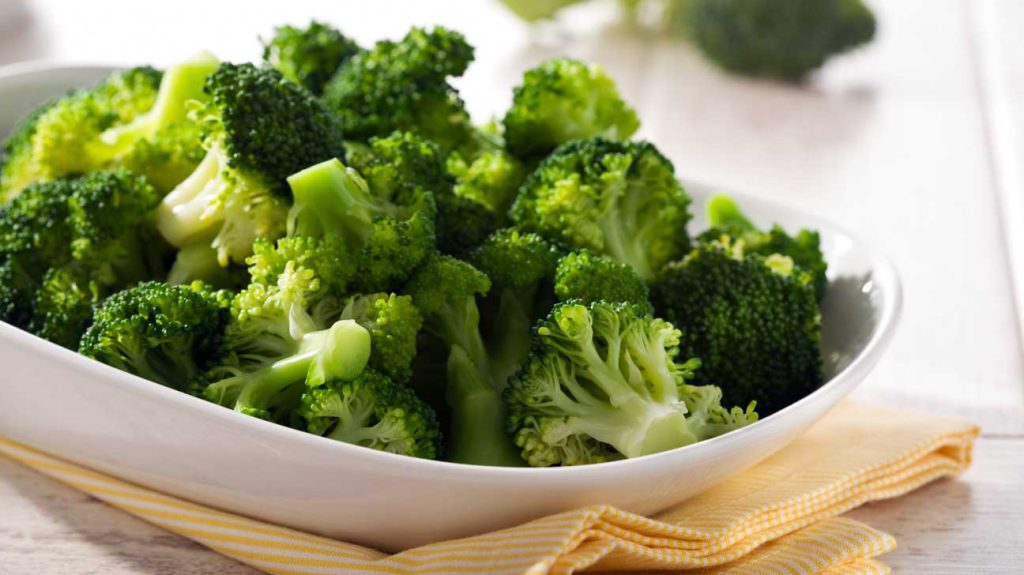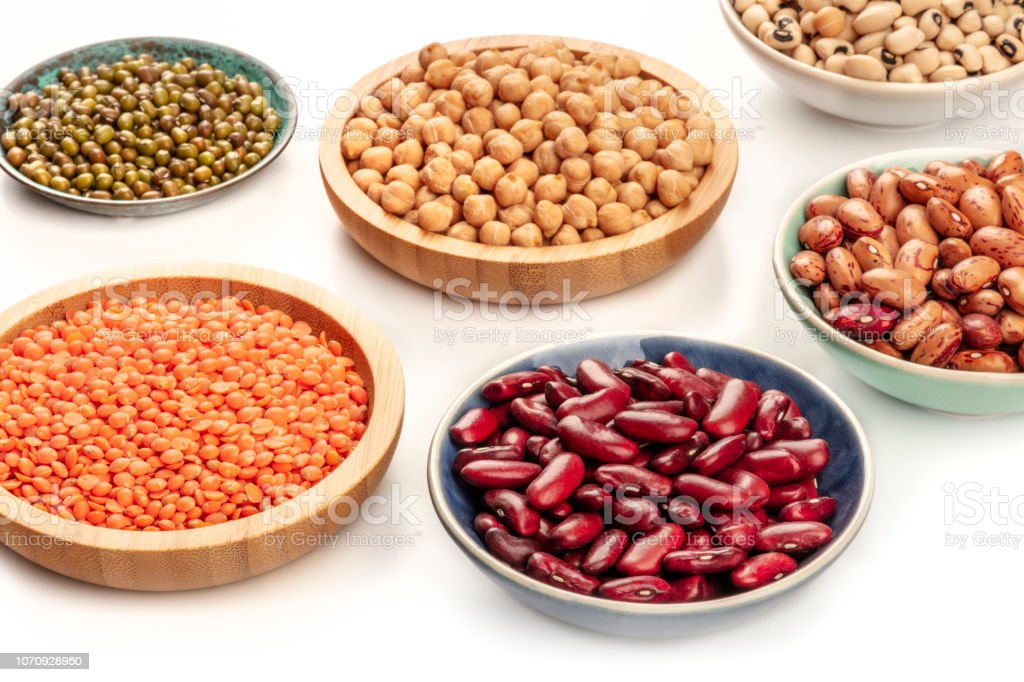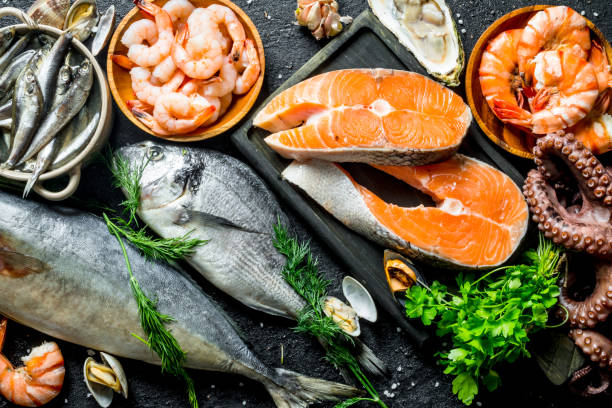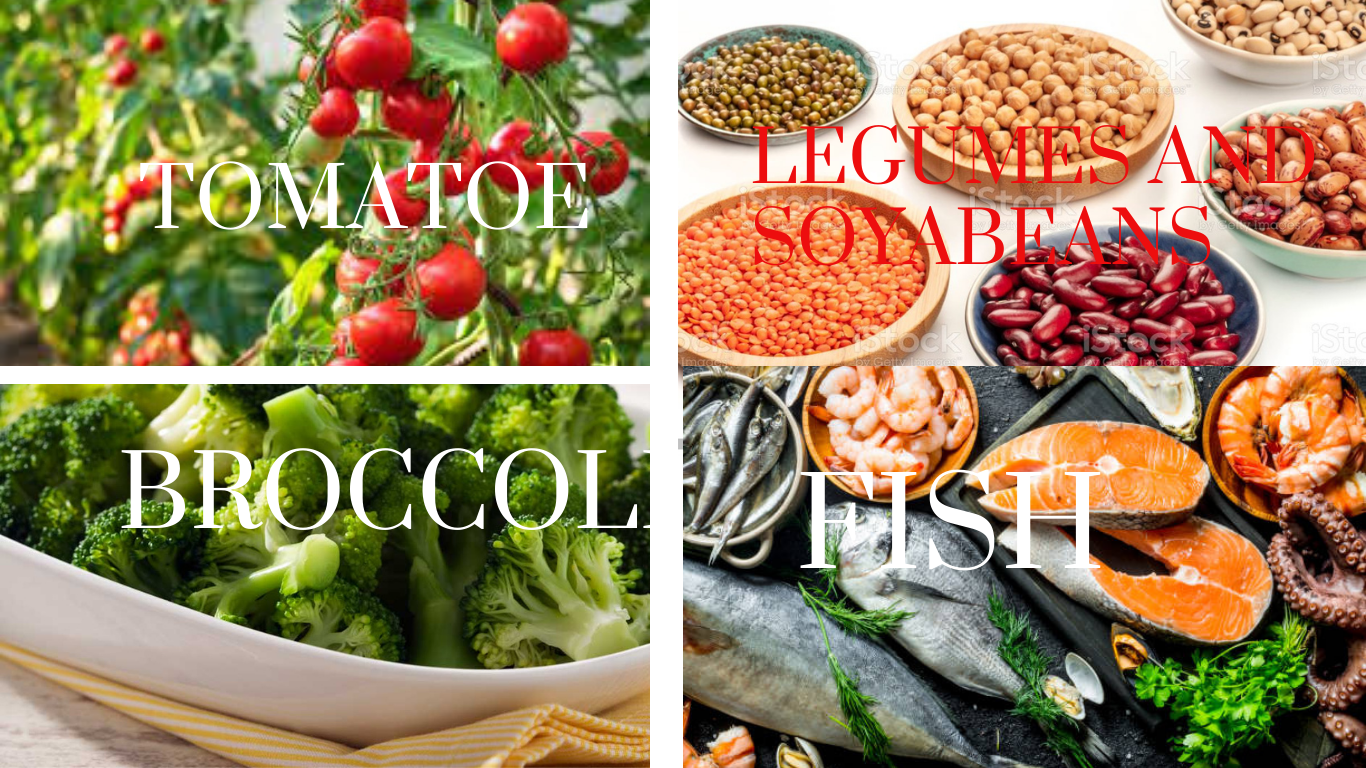Health Your diet can significantly affect your health, including that of your prostate. By adding healthy, prostate-friendly foods to your diet, you may be able to reduce your risk of prostate problems, including prostate cancer. According to the American Cancer Society, prostate cancer is the most common cancer among males, affecting 1 in 8 males in the United States (Trusted Source).
1. Tomatoes

Certain fruits and vegetables, including tomatoes, contain a powerful antioxidant called lycopene. Some research suggests that a diet high in lycopene may help reduce the risk of developing prostate cancer (4Trusted Source).
Further research is needed to confirm a benefit, but in a review of 24 studies, researchers suggested that males who ate more tomatoes were less likely to develop prostate cancer (5Trusted Source).
Lycopene may decrease cell damage and slow cancer cell production. It’s an antioxidant, meaning it protects cells from damage (6Trusted Source).
Because lycopene is tightly bound to the cell walls of raw tomatoes, your body has trouble extracting it. Cooked or puréed tomato products may be better options, such as the following products: • tomato paste • spaghetti sauce • sun-dried tomatoes • tomato juice
How to add more tomatoes to your diet
Incorporating more tomato-based recipes into your diet is simple. There are many nutritious tomato dishes to try. For example, adding some sun-dried or fresh tomatoes to salads, eating your eggs with sliced tomatoes or salsa, and enjoying tomato-based soups are excellent ways to boost your lycopene intake. In the summer months, you can buy fresh, local tomatoes to add to sandwiches and chop into salads. Drinking plain tomato juice each morning is another good option. Just make sure to pick a low sodium variety.
SUMMARY
Tomatoes contain a powerful antioxidant called lycopene that may reduce prostate cancer risk.
2. Broccoli

Broccoli is a vegetable that contains many complex compounds that may help protect some people from cancer. Some studies suggest there’s a link between the amount of cruciferous vegetables you eat — a group that includes broccoli — and a lower prostate cancer risk (7Trusted Source). The reasons are still unclear, but researchers propose that some phytochemicals in these vegetables — including sulforaphane, which broccoli sprouts contain concentrated amounts of — selectively target and kill cancer cells while leaving normal prostate cells healthy and unaffected (8Trusted Source). Other cruciferous vegetables include cauliflower, cabbage, Brussels sprouts, and kale.
How to add more broccoli to your diet .
You can add broccoli to stir-fries, soups, and salads, or simply eat it raw or steamed. If you worry about fresh vegetables going bad, consider buying frozen broccoli so that you can cook it whenever you have the time.
SUMMARY
Broccoli contains sulforaphane and other anticancer compounds that selectively target and kill cancer cells.
3. Legumes and soybeans

Legumes are a food group that includes beans, peanuts, and lentils. Legumes contain biologically active plant compounds known as phytoestrogens. Isoflavones are one such phytoestrogen. One review found that people who ate the most phytoestrogens had a 20% reduced risk of prostate cancer than the group with the lowest intake (12Trusted Source).The cancer-fighting effects of phytoestrogens may come from their antioxidant properties and effects on hormone regulation and cell death. While there’s still a need for more conclusive research, some research has linked soybean isoflavones with reduced prostate cancer risk (13Trusted Source).
The National Cancer Institute (NCI) shows a link between the consumption of soy and reduced prostate cancer risk (13Trusted Source). The National Cancer Institute (NCI) shows a link between the consumption of soy and reduced levels of prostate-specific antigen (PSA) (14Trusted Source).
PSA is a protein produced by the prostate. The PSA test, which measures the level of PSA in your blood, is used as a screening test for prostate cancer. This research also seemed to indicate that soy was more effective when eaten along with other cancer-fighting foods.
How to add more legumes and soybeans to your diet
To add more legumes and soybeans to your diet, consider swapping meat for plant protein in at least some meals. This could mean trying Meatless Mondays or moving toward a plant-based diet. Try making a black bean burger with lots of veggies. Alternatively, homemade hummus made with blended chickpeas makes a delicious dip for vegetables or whole grain bread. Finally, tofu is an excellent source of soy. Try flavoring tofu with sauces and baking it or browning it on the stove, or adding it to stir-fries.
SUMMARY
Legumes, including soybeans, contain compounds called phytoestrogens, which may help suppress tumor growth.
4. Fish

Polyunsaturated fats, including omega-3s and omega-6s, are essential fatty acids found exclusively in the diet. They are not synthesized by the body. The traditional Western diet has a lot of omega-6 fatty acids but not many omega-3s. Having a balance of omega-3 and omega-6 fatty acids is linked to better health outcomes (18). Several reviews have reported that while there may be a link between higher omega-3 fat consumption and a lower risk of high-grade prostate cancer and prostate cancer mortality, more research is needed, especially human studies (19Trusted Source, 20, 21Trusted Source).
Fatty fish have plenty of other health benefits. Try eating fatty fish found in cold waters to increase your omega-3 intake.
These include: • salmon • herring • mackerel • sardines • trout
How to add more fish to your diet.
Adding more omega-3s to your diet can be as easy as cracking open a can of sardines or tuna. Not everyone is so enthusiastic about fish, though. Plus, it can also be expensive. If you haven’t enjoyed fish in the past, try a different type. Each one has a unique flavor. The flavor is also milder if the fish is fresh, so you may enjoy fish more if you buy it from a fish counter and make it that day. Cod, flounder, and trout have milder flavors. Try topping your fish with a lemon sauce or adding it to another prostate-friendly food. For example, you could try baked cod in a tomato sauce. To stretch your dollar, you can also add fish to dishes like pasta, soup, salad, or sandwiches. That way you won’t need as much fish to make a complete meal. You can also ask your healthcare provider about taking omega-3 supplements.
SUMMARY
Fatty fish, such as salmon and mackerel, contain healthful omega-3 fatty acids. These compounds may help keep the prostate healthy, though more studies are needed.
By Dr. Keyna
